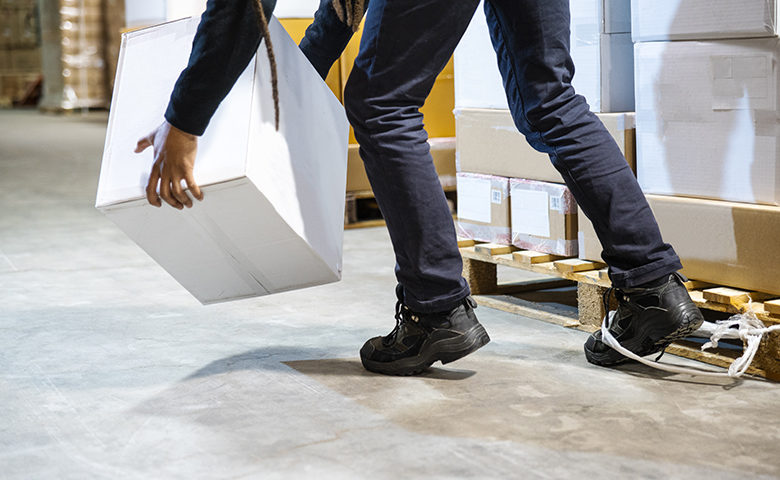Regardless of profession or industry, slips, trips and falls are a problem that everyone is familiar with. The reason we are all well versed on the outcome of slips, trips and falls is that they’re a persistent problem among most companies.
But sometimes slips, trips and falls aren’t taken as seriously as they should be. It’s not uncommon to see someone else (or find yourself) laughing when someone falls. This isn’t caused by malevolence but because humor is often found in unexpected events—and could be a major contributing factor to slips, trips and falls being perceived as less risky than they are. The outcome from a slip, trip or fall could hurt someone’s pride, cause a bruise or superficial cut. But they can also lead to more serious injuries like sprains, fractures, dislocated joints or worse.
On-the-job deaths have reached the highest level we’ve seen in 12 years. In fact, according to the Bureau of Labor Statistics, slips, trips and falls resulted in 880 deaths in 2019—an 11.3% increase from 2018.
This raises an important question: why aren’t the preventative measures companies put in place stopping slips, trips and falls from occurring?
It’s the same reason more incidents happen off the job than on the job—you’re instructed to pay attention to the risks at work but you’re not as concerned about the risks when you’re at home. But it seems that companies are too focused on the obvious causes of slips, trips and falls in the workplace. While putting in measures to prevent causes like wet or oily surfaces, environmental factors, poor lighting, and faulty equipment, they are also unknowingly instilling complacency in their workers by eliminating the risk in their minds. Once that comfort level has set in and their minds are not focused on an apparent threat, they’re more likely to slip or fall.
Other human factors—rushing, fatigue, frustration, distraction—can increase a workers’ likelihood of falling. A survey conducted by BLR Safety Daily Advisor indicated that safety professionals recognize that human factors are involved in more than half of their slips, trips and falls incidents. In fact, we used that survey to identify The Big 3 causes of slips, trips and falls. Check out our guide to learn more about The Big 3 and what you can do to reduce slip, trip and fall injuries. This guide addresses both physical causes and human factors, including employees’ perception of risk, building habits, and how human factors training can prevent slip, trip and fall incidents in the future.

